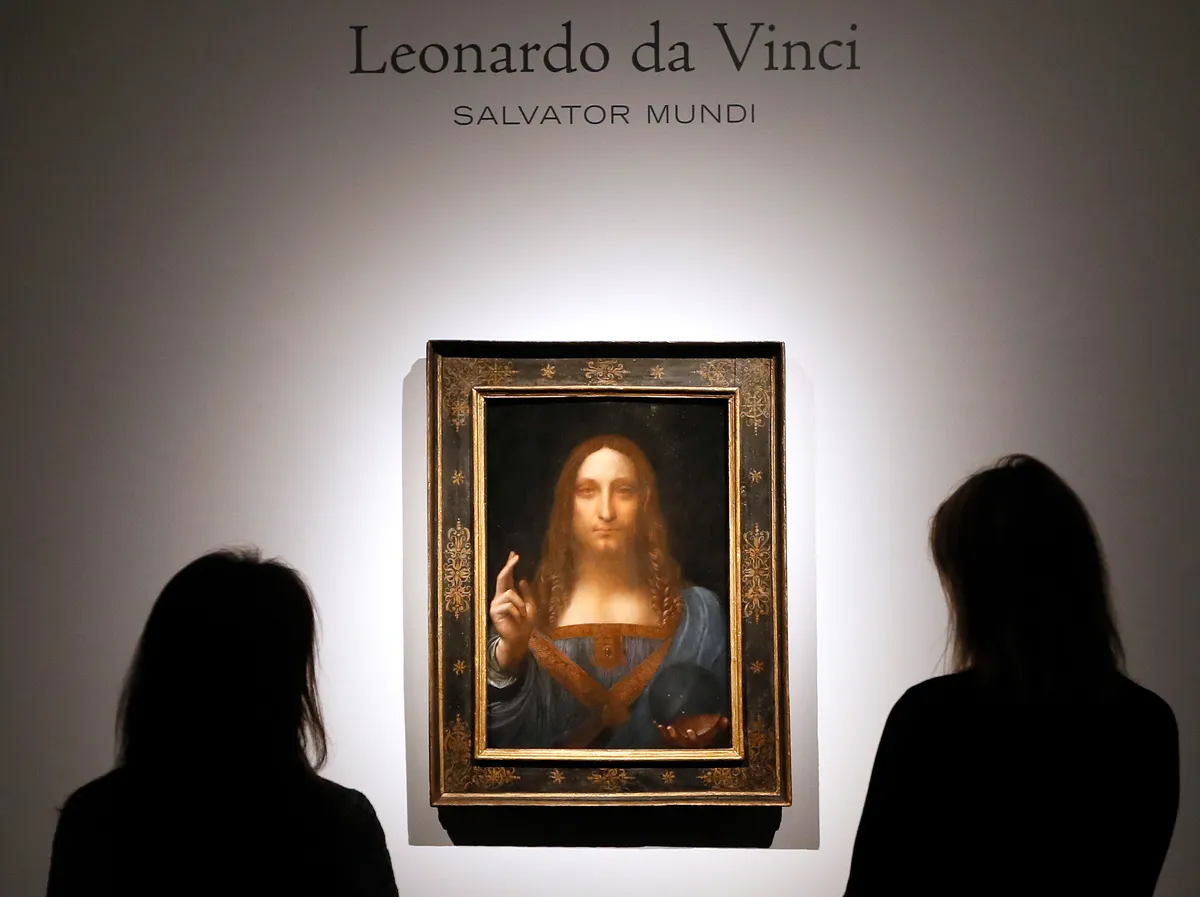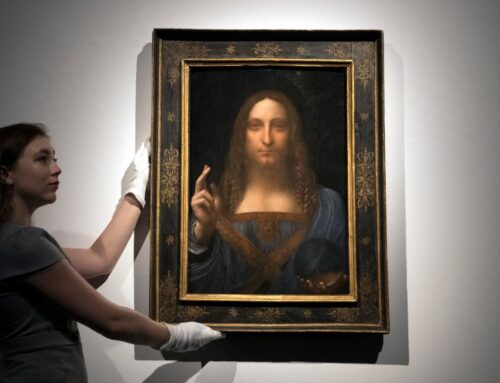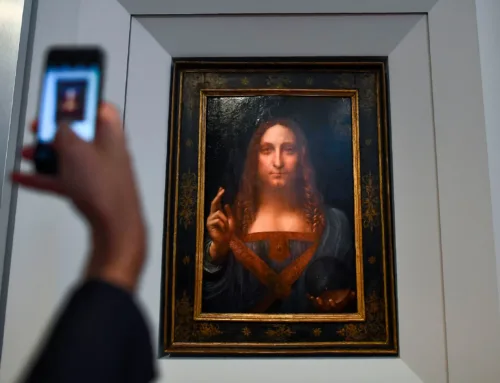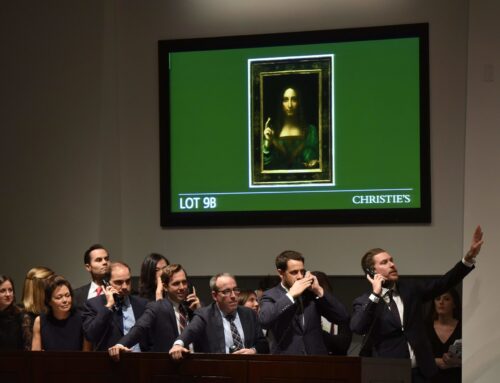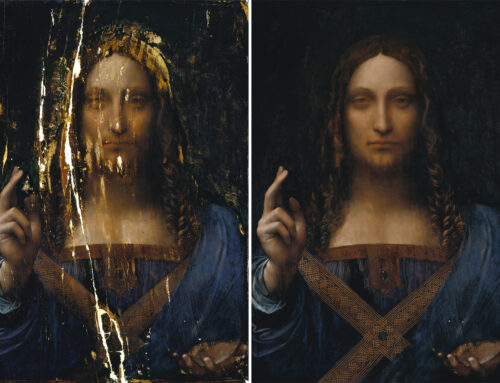Authorship Debate
One of the most contentious issues surrounding “Salvator Mundi” is the debate over its authorship. While many experts, including those who oversaw the painting’s restoration and inclusion in major exhibitions, have attributed it to Leonardo da Vinci, there is significant skepticism among scholars. Some art historians argue that the painting was not executed solely by Leonardo but was instead a collaborative effort involving his workshop. This view suggests that while Leonardo may have designed the composition and painted key parts of the work, his assistants likely completed other sections. The uneven quality observed in different parts of the painting, such as the less detailed areas of the robe and the hands, compared to the highly detailed face and hair, fuels these debates. But is there another explanation for that? Could Leonardo have deliberately painted the uneven quality in different parts of the painting for a reason?
Condition and Restoration Critiques
The restoration of “Salvator Mundi” has also been a source of controversy. Critics argue that the extensive restoration efforts have altered the original work to a significant degree, potentially affecting its value and attribution. The removal of overpainting and the filling in of lost areas were necessary to reveal Leonardo’s hand, but these interventions have led to debates about the authenticity of what remains. Some experts question whether the restored painting we see today accurately reflects Leonardo’s original vision.
Impact on Value and Market Perception
The controversies over authorship and restoration have direct implications for the painting’s value and its perception in the art market. While the record-breaking $450.3 million sale price underscores its perceived value as a Leonardo masterpiece, ongoing debates may influence future valuations. Potential buyers and institutions must weigh the painting’s historical and artistic significance against the unresolved questions of authenticity and conservation. The art market is highly sensitive to such issues, and shifts in scholarly consensus can have profound effects on a work’s financial and cultural standing. Unless there is something that the art market and surrounding experts and institutions are missing and do not figure into the “picture” when considering authenticity and valuation.
Scholarly and Public Reactions
The public and scholarly reactions to these controversies are varied. Some art historians and critics remain steadfast in their belief that “Salvator Mundi” is a genuine Leonardo, pointing to the sophisticated use of light and shadow and the delicate rendering of Christ’s face as evidence. Others, however, call for more transparency and further scientific analysis to resolve lingering doubts. The painting’s dramatic journey from rediscovery to record-breaking sale has captivated the public, but it has also sparked a broader conversation about the criteria for attributing artworks and the ethical implications of restoration practices.
These things should be assessed and researched, however, in the case of Leonardo, there is a whole another scope of criteria that has not been evaluated which reveals without question the true authorship of Salvator Mundi.
In the End…
The debates surrounding “Salvator Mundi” highlight the complexities inherent in attributing and conserving historical artworks. These controversies underscore the need for rigorous scientific analysis, careful restoration practices, and ongoing scholarly dialogue.
In this example, the rigorous scientific analysis has to do with topics and expertise outside the league of typical art experts and da Vinci connoisseurs. Subjects like geometry, mathematics, and knowledge of esoteric wisdom heavily figure in and this is something not on the radar of most Leonardo experts, scholars, art historians, restoration experts, and aficionados hence never taken into consideration. But as we show throughout the site, are absolutely necessary to validate the authenticity of Leonardo’s “Salvator Mundi” and to understand just what Leonardo was trying to communicate secretly thru most of his art.

